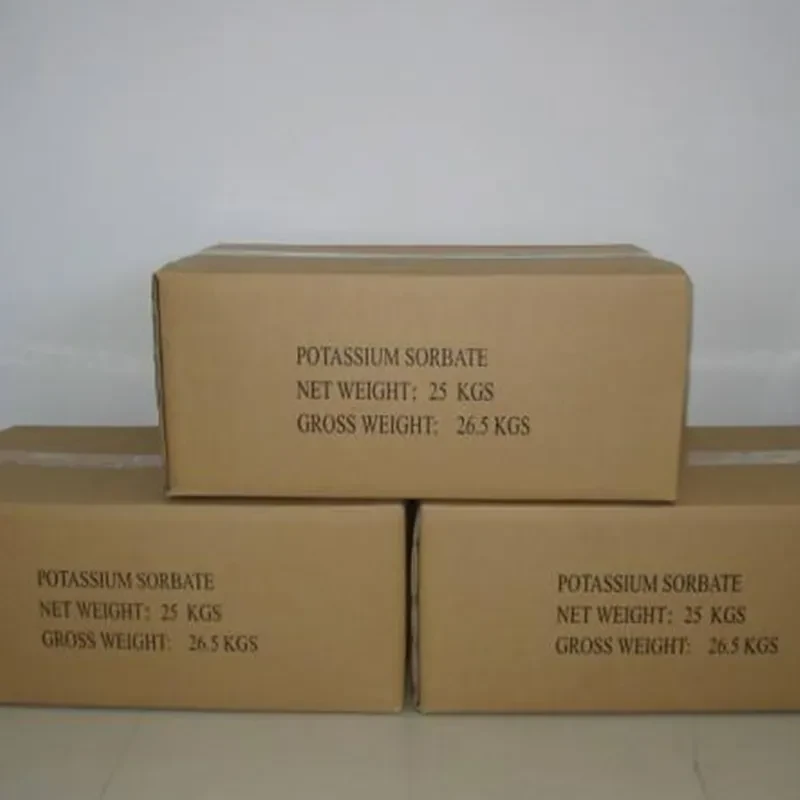
Comparison of Acetic Acid and Formic Acid Properties and Applications
Understanding Acetic Acid and Formic Acid A Comparative Analysis
Acetic acid and formic acid are two important carboxylic acids with distinct properties and applications. Both acids form part of the broader category of organic compounds, playing crucial roles in various industrial processes, biological functions, and even everyday products. This article aims to provide an overview of these two acids, focusing on their structures, properties, uses, and environmental implications.
Chemical Structure and Properties
Acetic acid, with the chemical formula CH₃COOH, is the simplest member of the carboxylic acid family after formic acid. It features a methyl group (CH₃) attached to a carboxyl group (COOH). This structure gives acetic acid its characteristic sour taste and pungent smell, which is commonly associated with vinegar, a diluted form of acetic acid.
In contrast, formic acid (HCOOH), the simplest carboxylic acid, consists of a single carbon atom bonded to a carboxyl group. This lack of additional carbon atoms makes formic acid more reactive than acetic acid. Both acids are colorless liquids that are hygroscopic in nature, meaning they can absorb moisture from the air, but they have different boiling points and pKa values. Acetic acid has a boiling point of 118.1 °C, while formic acid's boiling point is lower at 100.8 °C. Formic acid is also a stronger acid, with a pKa of approximately 3.75, compared to acetic acid's pKa of about 4.76.
Industrial Applications
Acetic acid is widely used in the production of various chemicals, including plastics, synthetic fibers, and food additives. It serves as a solvent and a reactant in synthesizing compounds such as acetate esters and acetic anhydride. One of the most common uses of acetic acid is as a preservative in the food industry, where it helps inhibit microbial growth.
acetic acid and formic acid

Formic acid, on the other hand, finds application in the textile and leather industries for dyeing and tanning processes. It is also used in agriculture as a preservative for silage and as an acidulant in livestock feed to enhance digestion. Another notable use of formic acid is in the production of powerful reducing agents and in the synthesis of various chemicals.
Biological Roles
Both acetic and formic acids play significant roles in biological systems. Acetic acid is an important intermediate in the metabolism of carbohydrates and fats, resulting in the production of ATP (adenosine triphosphate), the energy currency of the cell. It is also involved in the biosynthesis of important biomolecules such as cholesterol and fatty acids.
Formic acid, although less abundant in biological processes, is noteworthy for its presence in certain insects, particularly ants, which use it defensively. It serves a crucial function in the metabolism of some microorganisms, contributing to their energy production.
Environmental Implications
While acetic acid is generally regarded as safe and biodegradable, its production and use can still pose environmental challenges, particularly related to its release into water bodies, potentially leading to acidification. Formic acid, while less frequently encountered in significant amounts, can also have deleterious ecological effects if mismanaged.
In conclusion, acetic and formic acids, though small molecules, have large impacts on various facets of life, from industrial applications to biological processes. Their distinct characteristics and uses underline the importance of understanding these compounds in both practical and environmental contexts. As we navigate the complexities of chemistry and its implications, the roles of acetic acid and formic acid remain integral to both science and industry.
-
Why Glacial Acetic Acid Food Grade Is Essential in FlavorNewsMay.26,2025
-
Surging Export Growth of Food Additives in ChinaNewsMay.26,2025
-
How Ammonium Nitrate Fertilizer Boosts Crop YieldsNewsMay.26,2025
-
How 1,2,3-Benzotriazole Shields Plastics from UV DegradationNewsMay.26,2025
-
Cyanide in Gold Mining: Protecting People and the PlanetNewsMay.26,2025
-
Aluminum Hydroxide in Modern Sunscreen FormulationsNewsMay.26,2025
-
Understanding Synthetic Rubber OptionsNewsApr.27,2025
Hebei Tenger Chemical Technology Co., Ltd. focuses on the chemical industry and is committed to the export service of chemical raw materials.
-

view more DiethanolisopropanolamineIn the ever-growing field of chemical solutions, diethanolisopropanolamine (DEIPA) stands out as a versatile and important compound. Due to its unique chemical structure and properties, DEIPA is of interest to various industries including construction, personal care, and agriculture. -

view more TriisopropanolamineTriisopropanolamine (TIPA) alkanol amine substance, is a kind of alcohol amine compound with amino and alcohol hydroxyl, and because of its molecules contains both amino and hydroxyl. -

view more Tetramethyl Thiuram DisulfideTetramethyl thiuram disulfide, also known as TMTD, is a white to light-yellow powder with a distinct sulfur-like odor. It is soluble in organic solvents such as benzene, acetone, and ethyl acetate, making it highly versatile for use in different formulations. TMTD is known for its excellent vulcanization acceleration properties, which makes it a key ingredient in the production of rubber products. Additionally, it acts as an effective fungicide and bactericide, making it valuable in agricultural applications. Its high purity and stability ensure consistent performance, making it a preferred choice for manufacturers across various industries.











